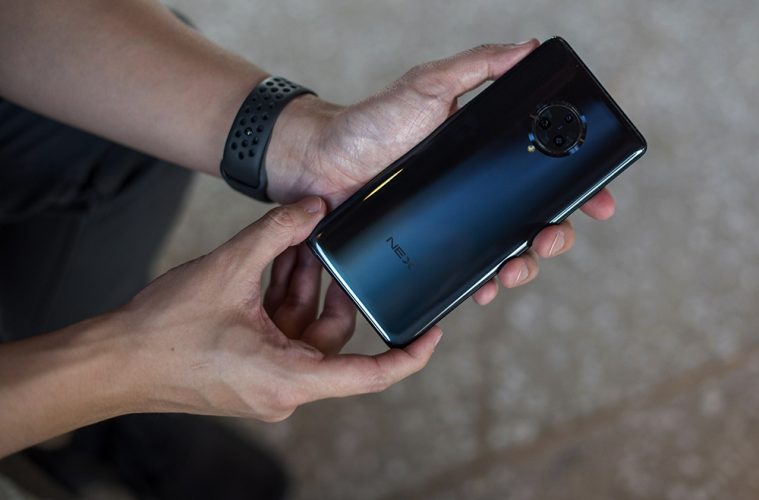How far shall one go in the quest of creating a full-screen smartphone? If you ask Vivo, the answer would be whatever it takes. The new flagship NEX 3 is Vivo’s testimony of the great lengths it will go to differentiate itself from its competitors.
I never had much experience with the Vivo brand. I have always thought of it as the brand that produces features-packed phones at wallet-friendly prices. Therefore, it came as a surprise to me when I came across the NEX 3 – a flagship phone that will be retailing at S$1,299.
First Impressions

The Vivo NEX 3 premium experience starts from the moment you open the box. The all-black box comes embossed with a pop-out of the circular tri-camera system of the NEX 3 on its front.
Package content:
- NEX 3
- Earphone
- Documentation
- Type C cable
- USB Power Adapter
- SIM Ejector
- Protective Case
- Protective Film (applied)
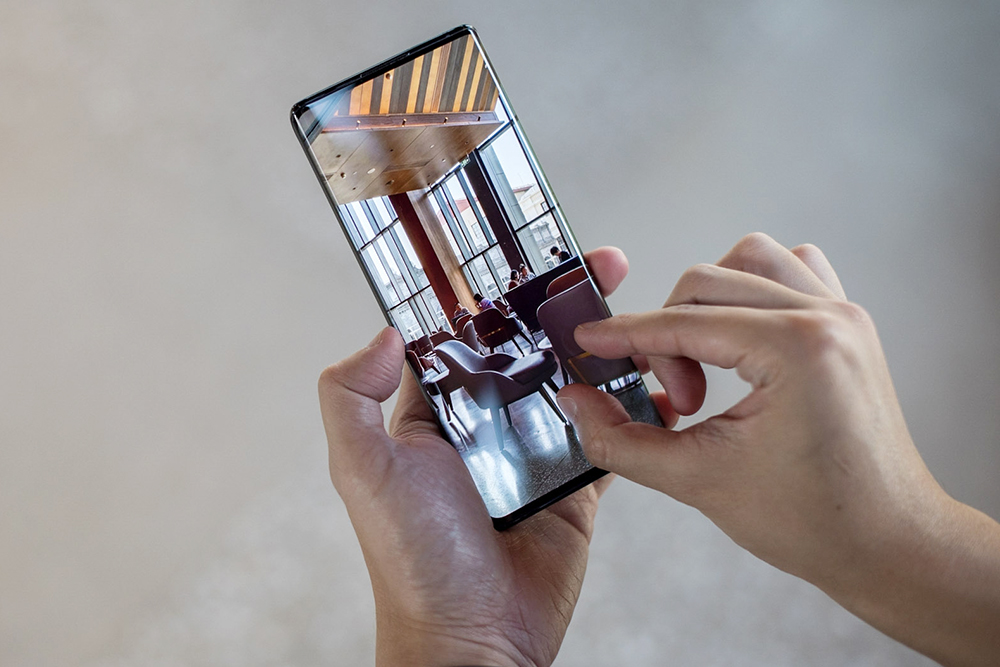
The Vivo NEX 3 itself is a stunning head-turner. From its Super AMOLED 6.89 inches screen (with a ~93.6% screen-to-body ratio) to the glass-back, aluminum frame body, everything about it screams premium. It feels really solid in the hands, weighing about 210 grams – though many have commented that it is a tad heavy and big for single-handed usage. Switching from the iPhone Pro Max to the NEX 3 came pretty naturally to me. So if you’re already using a large phone, the NEX 3’s size and weight should be of no issue to you.
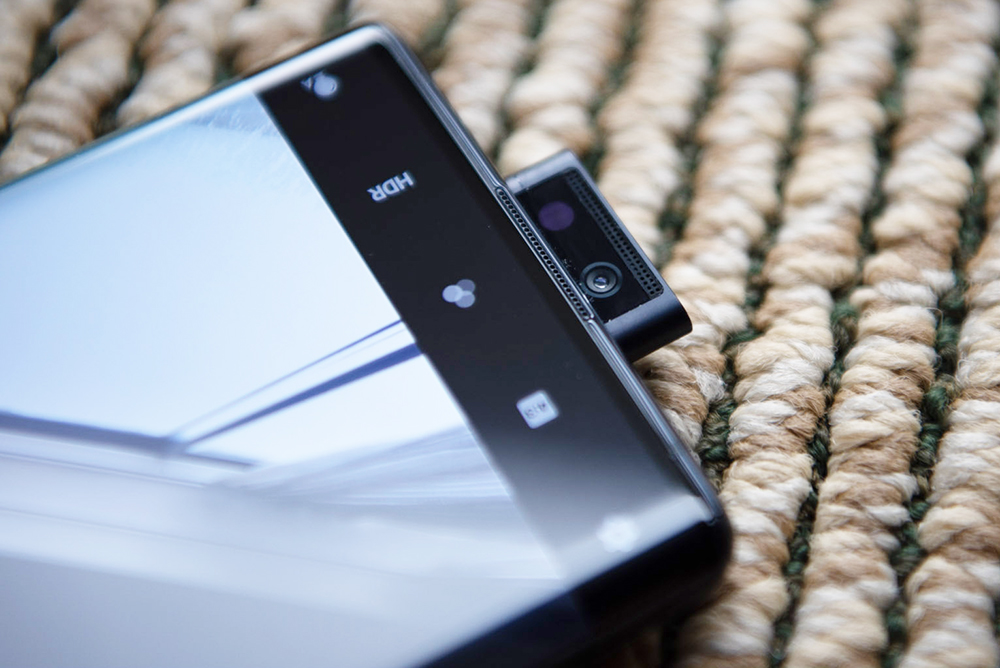
To hide the camera bezel, Vivo implemented an elevated 16MP front camera with flashlight. The camera will rise up to the occasion when the selfie mode is triggered in the camera app. The camera doesn’t feel as flimsy as it might look. We casually pinched and tried to shake the camera and it stood firmly in place. For people with butterfingers, there is a fall detection feature built into the phone where the camera will automatically retract when a fall is detected (though it was a bit slow to react in some instances). I highly doubt you can trust this feature to save your phone’s front facing camera in a fall though it’s still a pretty innovative feature nevertheless.
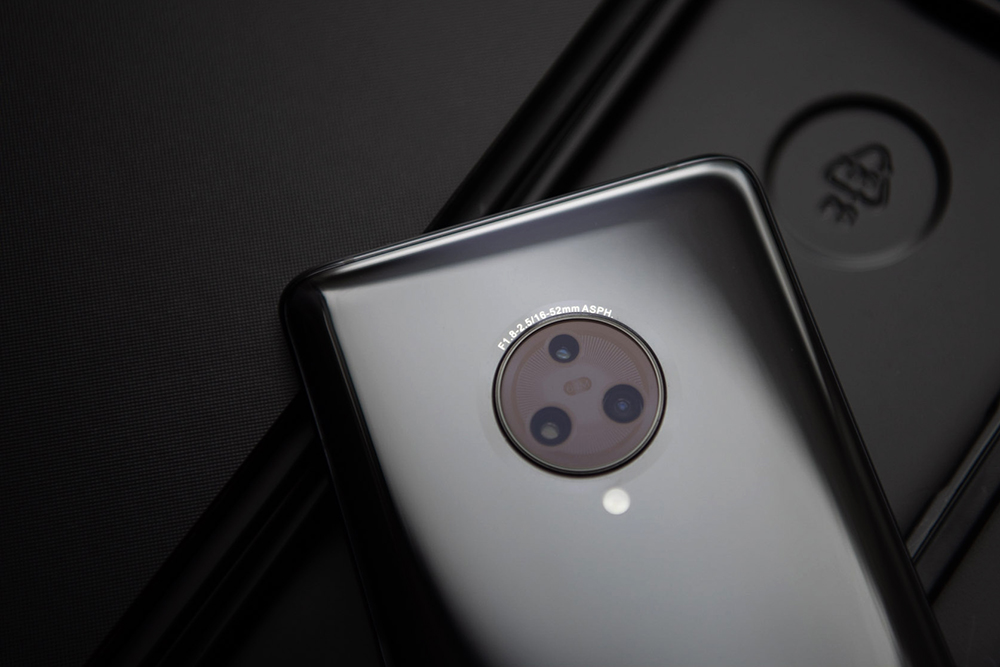
Powering the phone’s main camera system is a 64MP main camera, 13MP wide-angle camera and a 13MP telescopic camera. The circular design bears a striking resemblance of the Huawei Mate 30 Pro. Vivo placed alot of emphasis on the NEX 3’s camera in its marketing outreach and after testing the phone for several weeks, I can clearly see why.
There is basically no learning curve in using the NEX 3’s camera. The UI is intuitive and its built in AI feature helps you to select the best camera settings by detecting the object or scenery that you’re shooting.
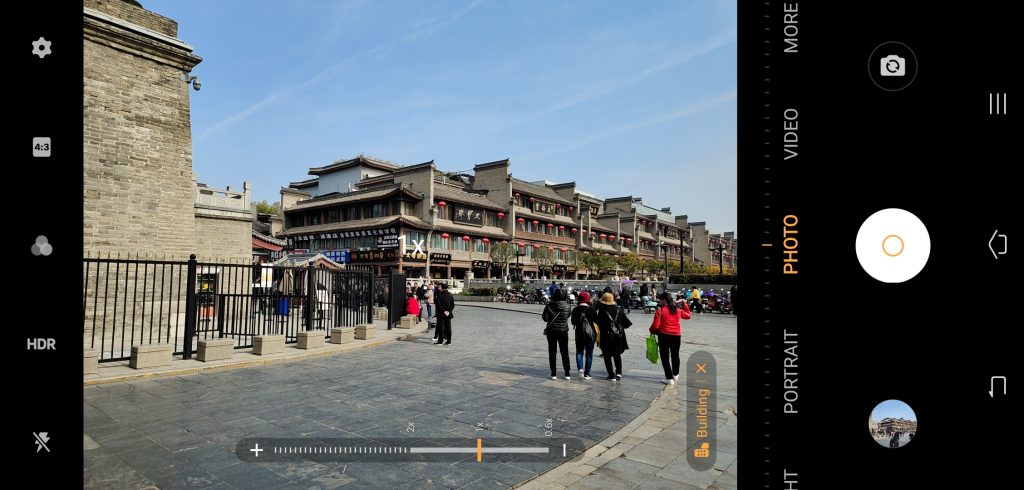
Sample shots were taken with the Vivo NEX 3 (unedited):




The NEX 3 is also capable of doing a 2x zoom and also a 20x zoom.



An Audio Powerhouse

Audio is another focus of the NEX 3 phone after its camera. Arguably, the NEX 3 is one of the few flagship phones that still has a built-in 3.5mm audio jack. Even Samsung, a strong supporter of the headphone jack has also removed it from its latest Galaxy Note 10 to accommodate a bigger battery. The company has also included an ok-sounding in-ear earphones in the package to get you started though if you should really invest in a good pair of analog headphones to make full use of the audio components of this phone.
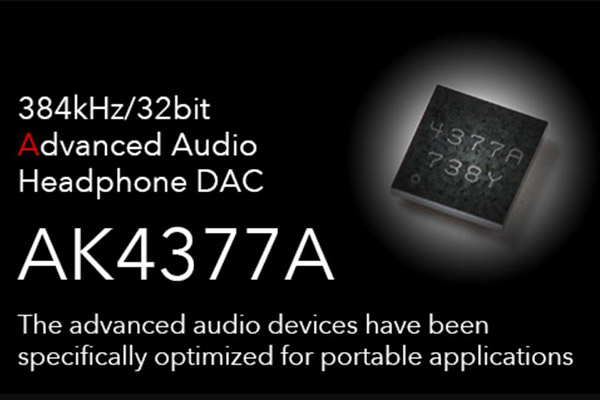
Besides the headphone jack, Vivo has chosen the well regarded AK4377A DAC to power the phone’s audio capabilities. It is the same DAC that powers the FiiO M5 and the Creative SXFI Amp – which is capable of driving up headphones of up to 600 ohms. Strangely, Vivo has decided to include a pair of run-off-the-mill in-ear earphones into the package content, which might have been a missed opportunity for the company to really reinforce its audio-centric messaging for the phone. I tested the Sennheiser HD6XX on the NEX 3 and was surprised at how well the phone managed to drive it. It was powerful enough for the headphones to be played back in 80% volume with no distortion and bass was tight and punchy.
Nevertheless, I think it’s a good strategy for Vivo to focus a little bit more on audio as most other companies are only harping on its camera and screen display.

There are many things to love about the Vivo NEX 3. I personally love how well built and premium the phone feels in the hands and even at a glance, it radiates a sense of high-end vibes with its gradient glass back triple camera. The camera is excellent so is the built in DAC. The only question is if you would pay S$1,300 for the phone in a market where you can probably get something with similar specs at maybe half the price. Or perhaps you could wait a little while for the price to drop to snag yourself a great phone like the NEX 3 for a bargain.

